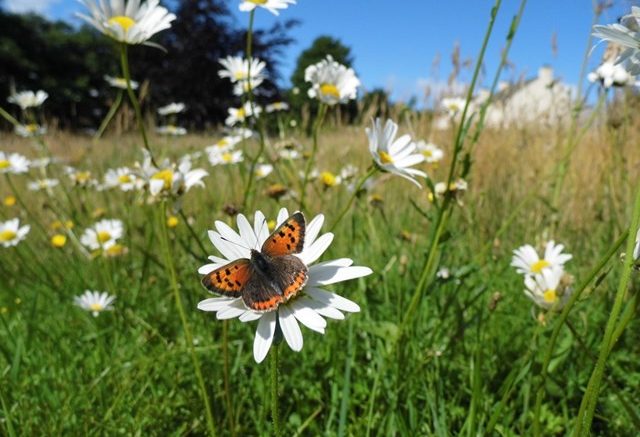Scottish Natural Heritage is leading a “Pollinator Strategy” to make Scotland a “more pollinator friendly place by protecting indigenous bee and butterfly populations,” the Scottish Government said.
Since 1980 the number of pollinating insects in Scotland — honey bees, bumble bees, the solitary bee, butterflies and hoverflies — have declined by 51%, leading to fears of a negative impact on agriculture, food security, the economy and human health.
The Pollinator Strategy calls for the restoration and creation of flower rich habitats and greater use of green urban infrastructures such as roof top gardens.
Other elements of the Pollinator Strategy includes the development and use of pollinator friendly pest control as well as new research into the impact of climate change on bee and butterfly numbers.
Environment Secretary Roseanna Cunningham said: “Scotland’s biodiversity is one of our key assets, and the contribution the humble bumble bee and other pollinators make to this wonderful environment should not be underestimated.
“That is why we are committed to making Scotland a more pollinator friendly place.
“Pressures like land use change, pesticides, pollution, disease and climate change are threatening these life-giving insects, so we must act now to protect the pollinators and in turn safeguard our environment, our food and in turn our health.”
Scottish Natural Heritage chairman Mike Cantlay said: “Growing evidence shows our native bees and insects that carry out pollination are facing tough times.
“Pollination is crucial for our environment — and, therefore, our own health, wealth and wellbeing.
“This strategy, a key part of the Scottish Biodiversity 2020 route map, sets out what needs to be done to ensure these bees and insects survive and thrive for generations to come, contributing to healthy ecosystems and landscapes in our country.
“We look forward to continuing this important work with our partners to strengthen the resilience of our native pollinator species.”
